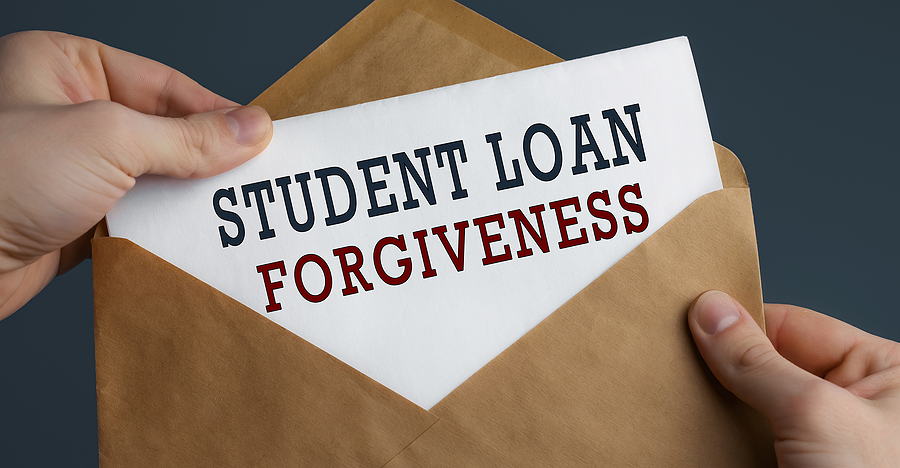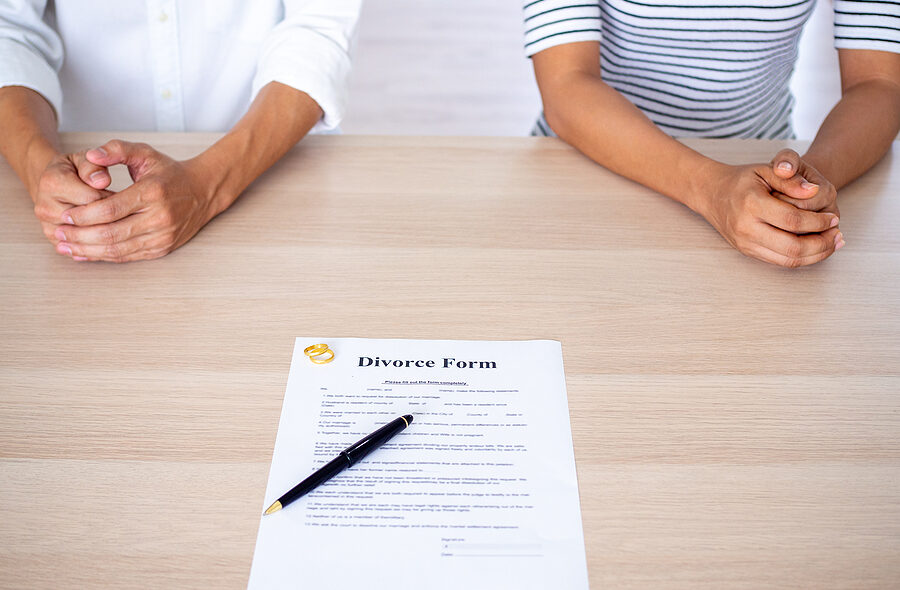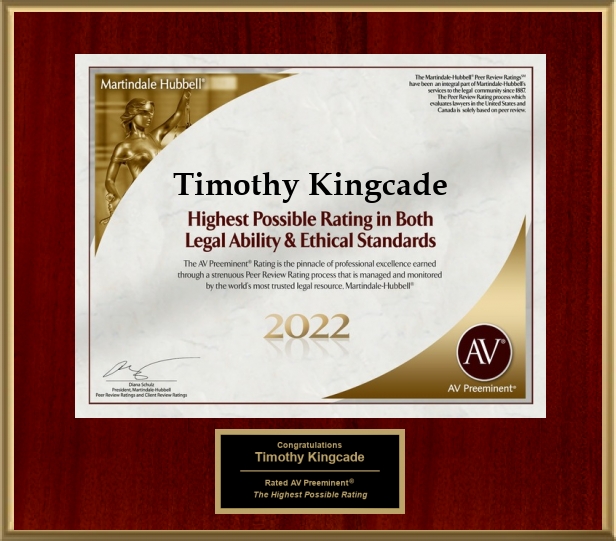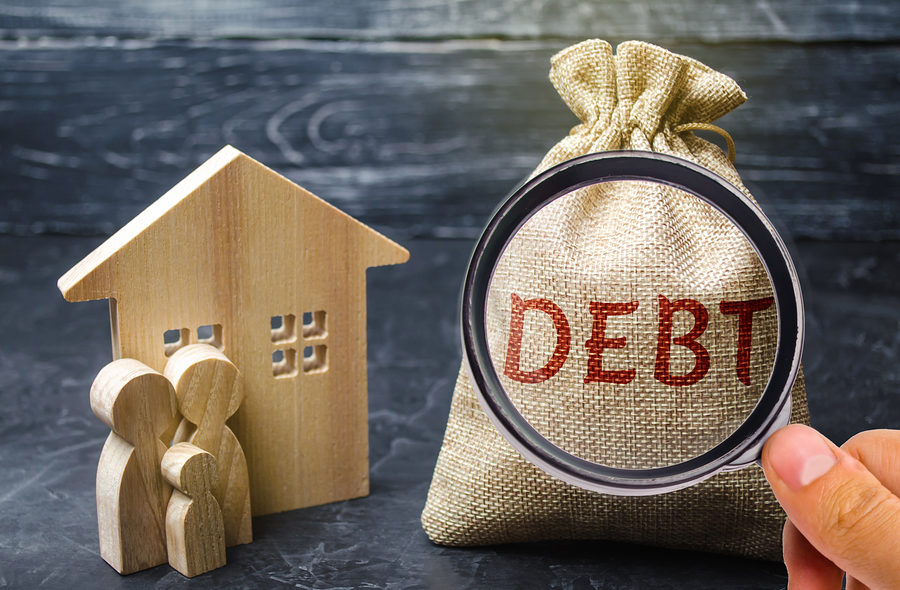The Consumer Financial Protection Bureau (CFPB) announced two final debt collection rules which are scheduled to take effect on November 30, 2021. These two rules clarify and add further detail to provisions of the Fair Debt Collection Practices Act (FDCPA), the law that offers protections to consumers from abusive or unfair collection practices from third-party debt collectors.
These rules were originally going to be made effective in the spring, but the CFPB delayed the effective date by 60 days to allow all affected parties time to comply due to the COVID-19 pandemic. However, after making the announcement regarding a 60-day delay, the CFPB determined that the extension was not needed and published the official notice in the Federal Register officially withdrawing the extension.










